When marble is well looked after it can last for a huge number of years. Apart from that, since you do not have to go forth and back, the process may be executed continually including much more assistance for this to be more desirable. Use a soft cloth dipped in the combination to mop the floors, gradually removing the stains. The workers create wonderful things with the marble floor tiles.
How To Clean Old Marble Floors

Marble gives a stunning appearance to the flooring. With this step you are able to always get rid of all kinds of lippage or maybe any type of unevenness from your floors. I will highlight the key ones so that in case you're laying marble floor tiles you have a chance to anticipate the slips before they occur. They are shinny and also colorful and surely add the all-important elegance to the home of yours.
17 Clever Ways to Clean Marble Floors
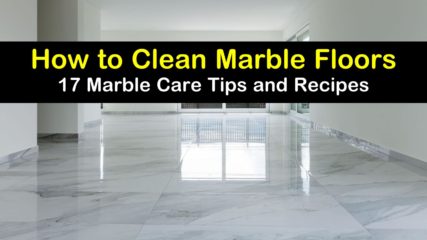
You can additionally use lemon water or lemon peel to remove mild stains like coffee, tea, and food. Marble is created when limestone is put through temperatures which are very high as well as stress from the earth. A major positive aspect of marble floor tiles is the look that it is going to give the house of yours. Marbles are also employed to construct gorgeous fireplaces, kitchen area tops, shelves and so forth.
How to clean marble floor – YouTube

Pin on Home Decoration Ideas

How to Clean Marble Floors and Keep It Polished Looking All the Time – THE CROWN CHOICE
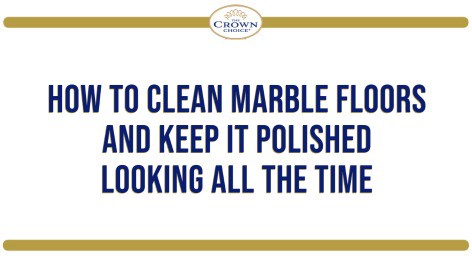
How to Care for Marble Tiles – Home Quicks

Marble Floor Cleaning and Restoration Ambrose Advanced Carpet Cleaning
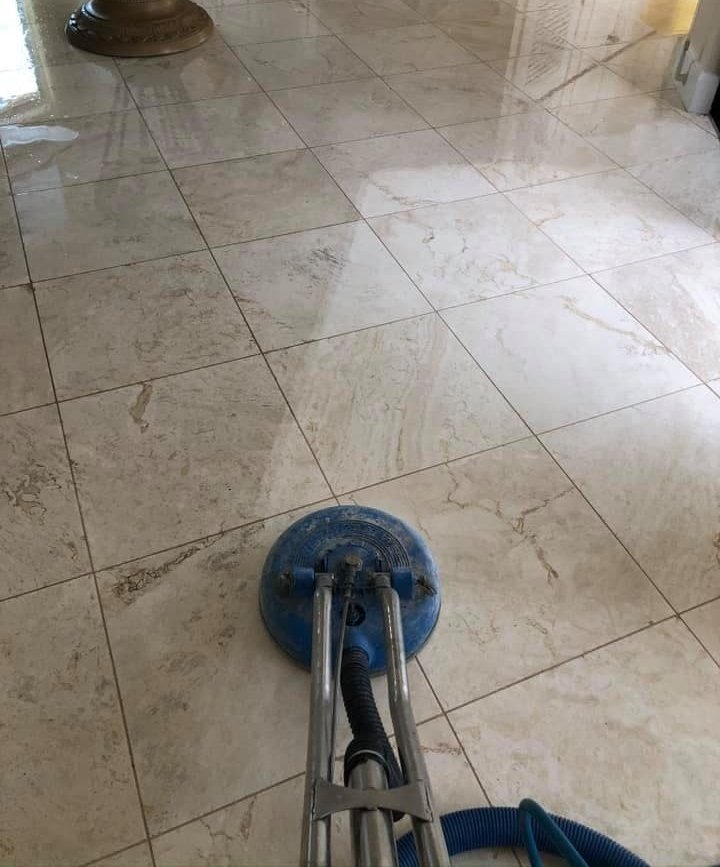
homemade floor cleaner/how to clean marble floor/marble cleaning ideas/घरेलू तरीके से चमकाएं

WoodPlanksBare0439 – Free Background Texture – wood grain beam bare shrine temple japan beige

BrickSmallNew0101 – Free Background Texture – brick small modern clean orange seamless seamless

WoodPlanksDirty0045 – Free Background Texture – wood planks old dirty siding beige gray grey
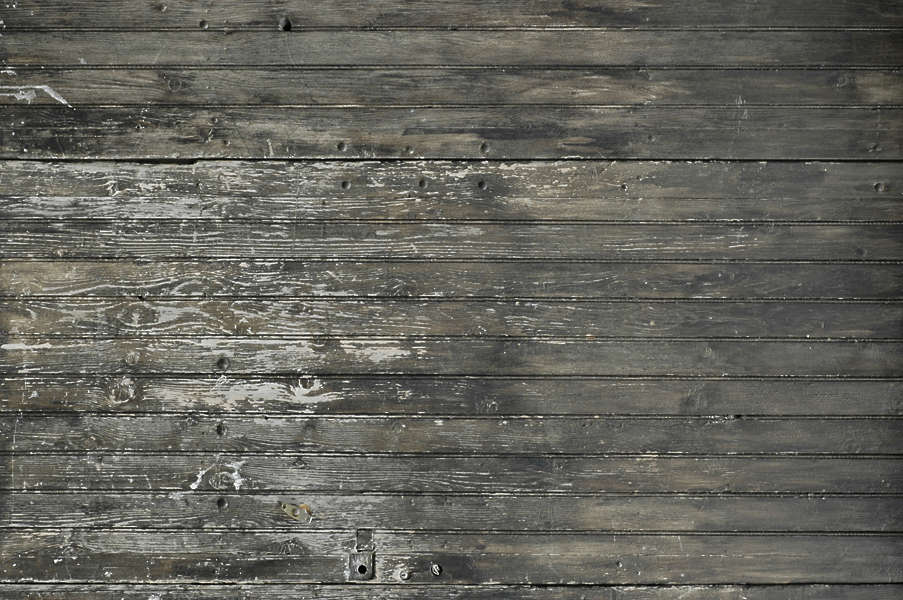
WoodPlanksDirty0173 – Free Background Texture – japan wood planks old barn bare dirty weathered
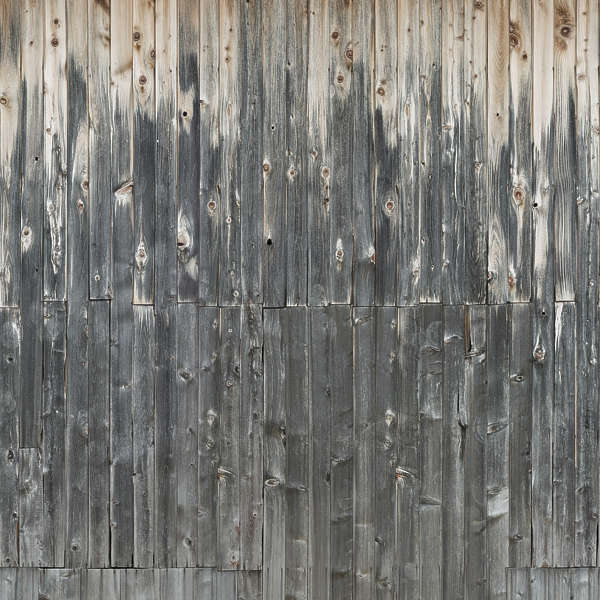
RooftilesSlate0101 – Free Background Texture – roof roofing rooftiles slate old medieval clean

BrickSmallNew0002 – Free Background Texture – brick modern small clean yellow beige light

grey floors tiles textures seamless
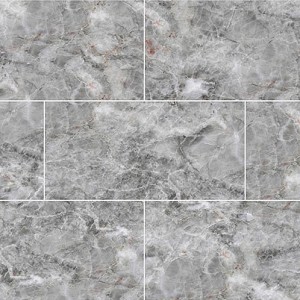
Related Posts:
- How To Remove Paint From Marble Floor
- Marble Floor Cleaner Home Depot
- Marble Floor Sealer Home Depot
- Paint On Marble Floor
- Brass Inlay In Marble Flooring
- Dungri Marble Floor Design
- How To Clean Marble Floor With Baking Soda
- Rustoleum Marble Floor
- Marble Floor Design Ideas Photos
- Marble Flooring Designs Price